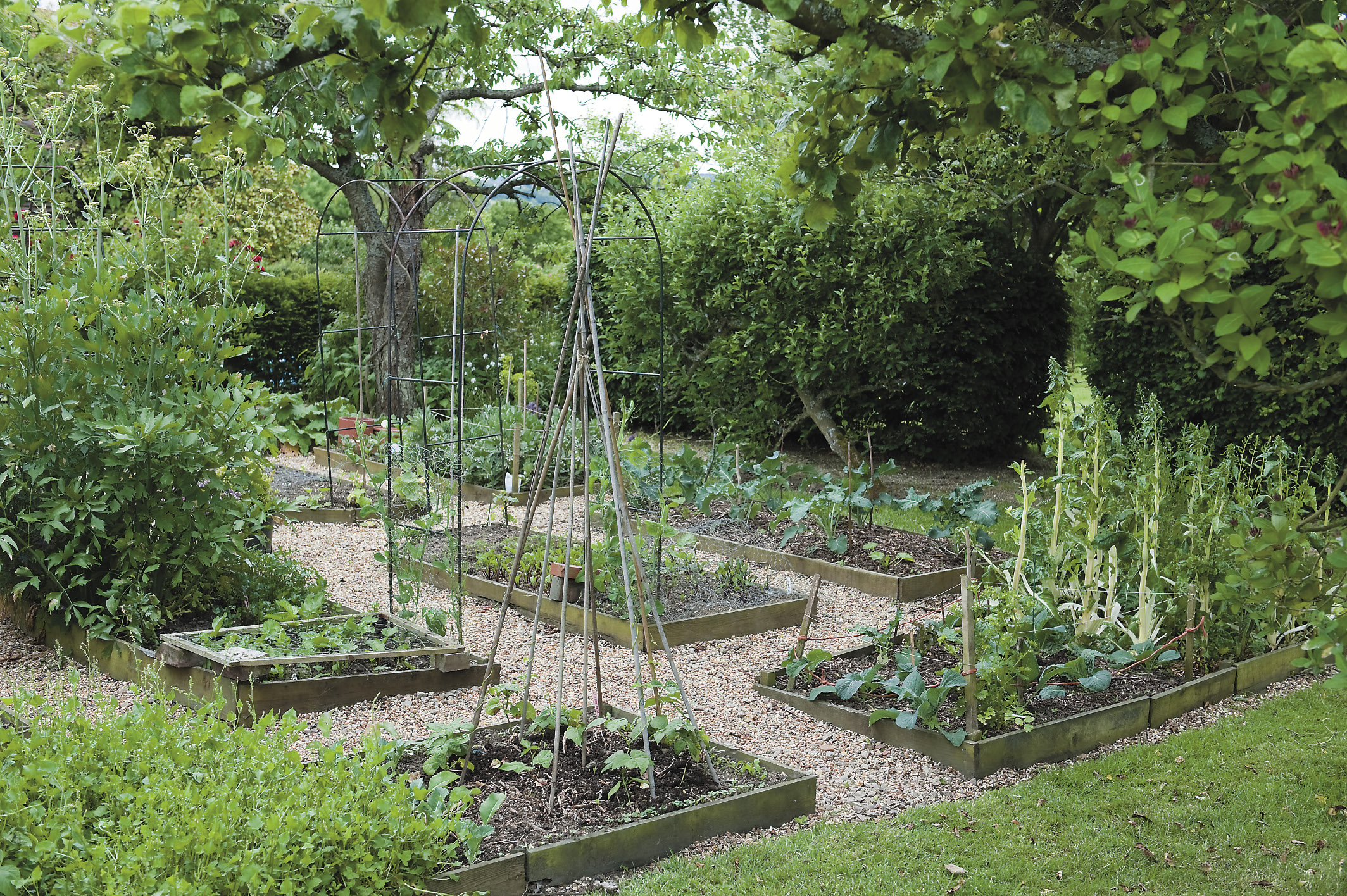To quote Cyril Wenham, both tenant farmer and pub landlord on the Isle of Oxney for many years, in conversation with his son, ‘Gardening is alright, boy, but it’s too near the ground.’ Well, had he had the choice we have of ‘easy to put together’ raised bed systems, he might have been more enthusiastic about gardening than he was. I wonder! Whatever size of garden you have, there’s a raised bed to suit you. For example, Harrod Horticultural is selling timber kits for tiny areas in tiny gardens, even for corner sites; for allotments of all shapes and sizes as well as all sorts of accessories including ‘made-to-measure’ fitted mesh covers to keep pests out. There are, too, literally hundreds of websites giving ideas and advice as well as blogs from people all over the world requesting and offering advice on the subject.
From simple timber frames to more elaborate and decorative constructions, and my favourite, a combination of old, weathered silvery beach groynes and old bricks – they all provide a means of growing that makes for successful gardening.
It’s marvellous that allotments are flourishing and that round every corner, people who have never grown any edible crops before, are taking the plunge and building raised beds to try out a spot of vegetable growing. Of course, raised beds aren’t only for crops. They are absolutely ideal for growing just about anything you want because the joy of them is that you can fill them with whatever soil you need for whatever you want to grow. It’s possible to build a garden on top of your native soil so that if you have heavy compacted soil or have a problem with water retention, it may be easier to build a raised bed rather than spend a lot on expensive drainage systems.
If you have a high water table, raised beds will provide a free-draining planting bed above the level of the water table. With beds built in this situation, you would need to provide holes in the base of the bed above ground level to allow any excess water to drain off.
As far as siting your raised bed is concerned, choose the sunniest site you can find if you are growing crops. To realise the maximum daily sunlight, have your beds going north to south and make them no more than four feet wide so that you can reach the whole bed easily. Rather than have a long run of beds, have a series of shorter ones. In this way your crop rotation is made easier because you’ll be more organised and able to separate your various crops should you want to. Height is up to you but, of course, the higher you have the beds, the less bending you have to do. Crops like carrots and parsnips will certainly need good depth and ten inches or so is ideal for them. Interestingly enough too, the carrot fly can’t fly above a height of twenty inches. And use a strip of copper round the top of the beds to deter slugs and snails from trekking upwards intent on munching through your crops.
The only disadvantage with this sort of gardening is that the beds can dry out pretty quickly in a dry spell and anything you have in them, particularly salad crops, can run to seed. However, you can have absolute control over your soil texture and its ingredients if, when you first fill your beds, you fill the bottom with good drainage materials such as grit and also incorporate a good well-rotted manure into your top soil to aid moisture retention. If you have taken up turf to build the beds, invert the turves and use them on the bottom of the beds to provide a good source of organic material. Avoid using soil that has had vegetables growing in it in a previous life and add good mulch each winter. The worms will do the rest. The soil in a raised area doesn’t get compacted – no need to dig it over. A distinct advantage. Add a fistful of bone meal to the surface before planting and then off you go.
The beds have the added advantage of heating up earlier in the season and lengthening your growing period. You can have increased yields, too, in that you can grow plants closer together than you would in the ground as you don’t need access between rows for weeding. You can do that from the path between the beds. Keep these wide enough for a barrow if possible and cover them with a weed smother membrane such as Mypex, gravel, woodchips or brick.
From the very basic (and very temporary) bales of hay or straw placed in a square through to brick, there are a plethora of materials to use apart from the prepared timber kits that I’ve mentioned. Scaffolding planks or gravel boards make good frames as do (new or old) railway sleepers. Sleepers are good but obviously very heavy and more difficult to handle. However, you can get them cut to size before they are delivered and holes drilled for the metal rods used to keep the corners together. I’d no idea until recently just how much choice of sleepers there is. There are sleepers from all over the world available now. I think the pale French oak ones are lovely but it depends on personal taste. A lot of these will have been treated with creosote which tends to ooze out, so they’re not ideal if you have visions of sitting on the edge of your beds to gently weed through your plants, but they do look good. I liked the idea of decorative posts in each corner of the beds that I saw in a stunning Pluckley garden recently. They’d been added just as a flourish and to finish off the job but in fact they have proved to be ideal for preventing the hose pipe from wrapping itself around the contents of the raised beds during watering.
Build a raised bed or two this winter and experiment – it certainly makes gardening much more comfortable for you and your back and it’s fun!
TEST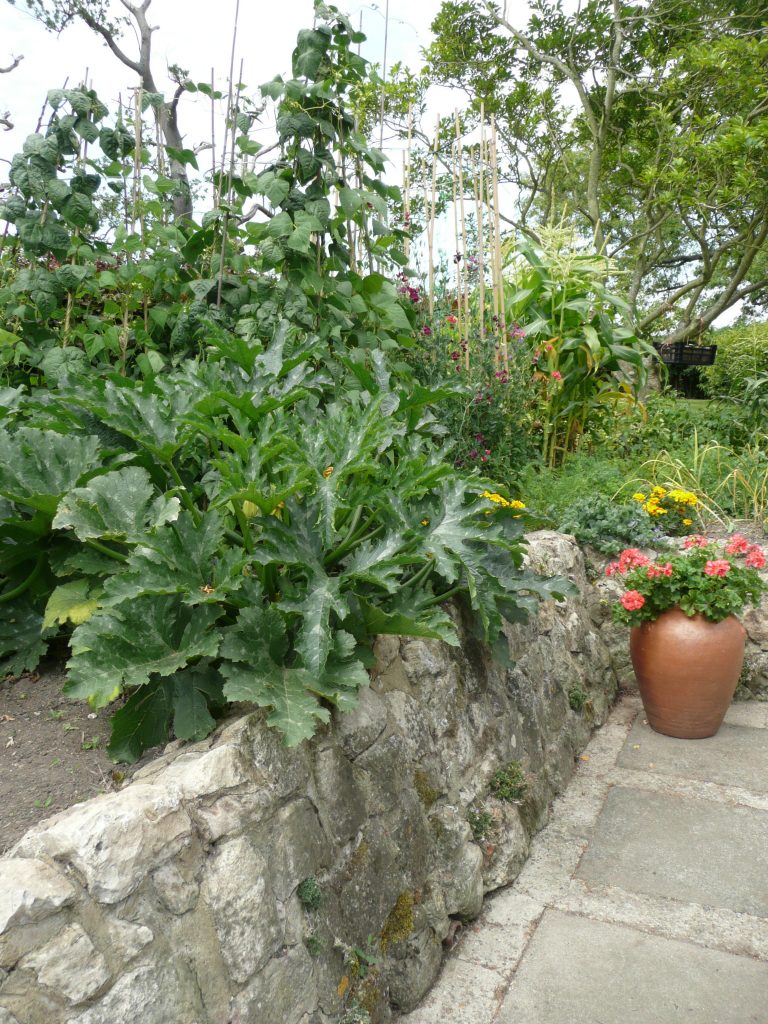 TEST
TEST
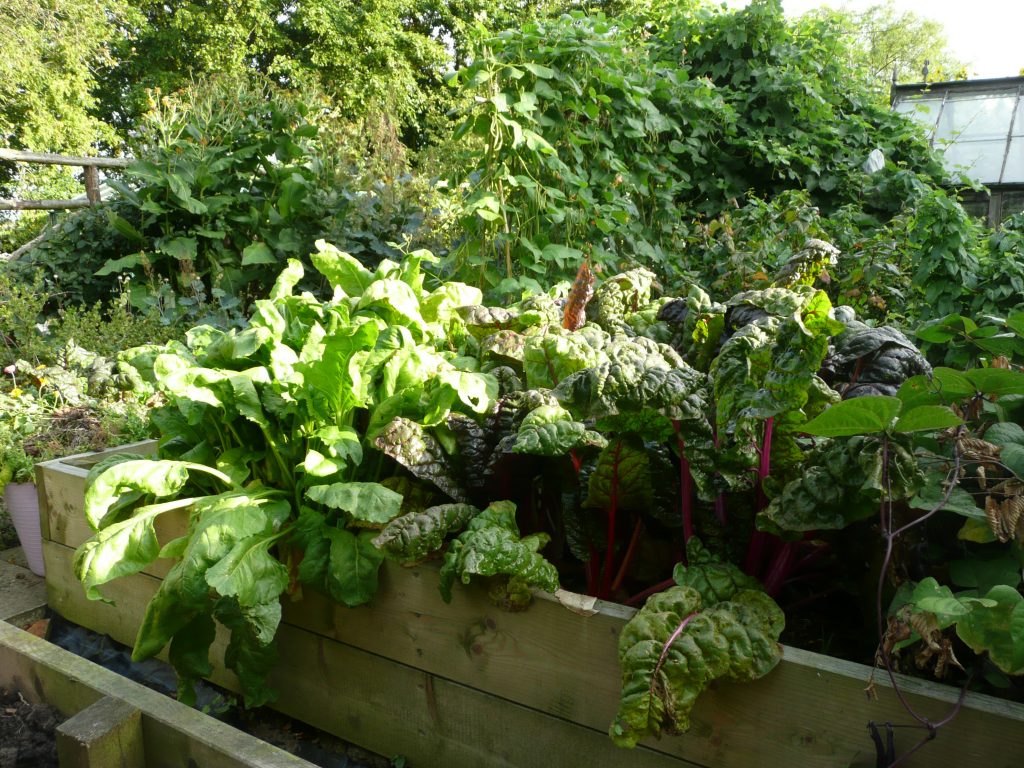 TEST
TEST
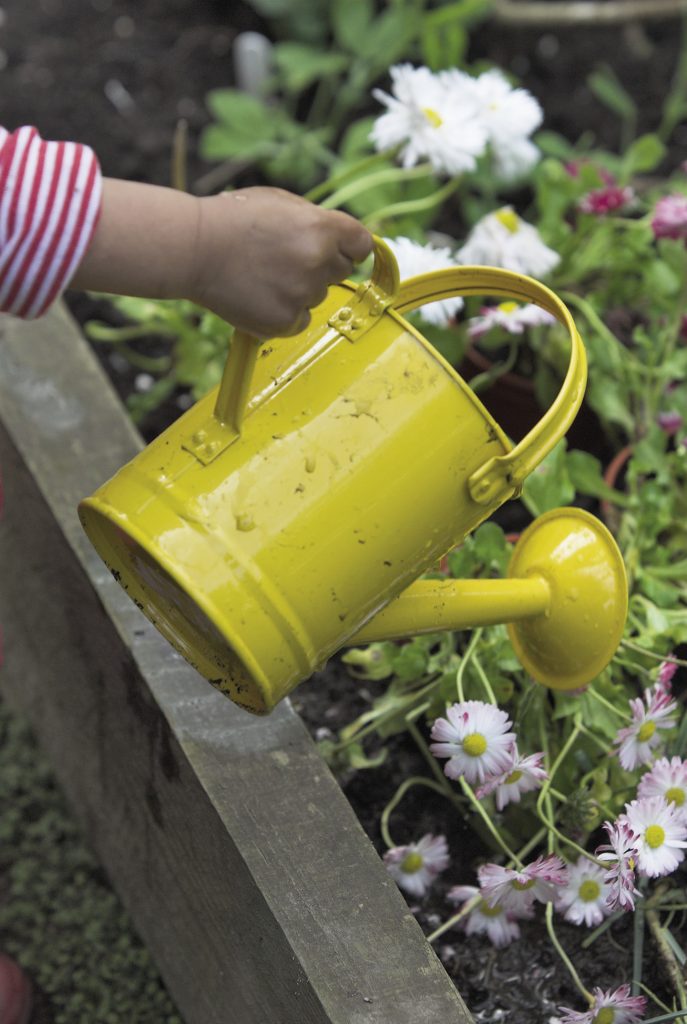 TEST
TEST
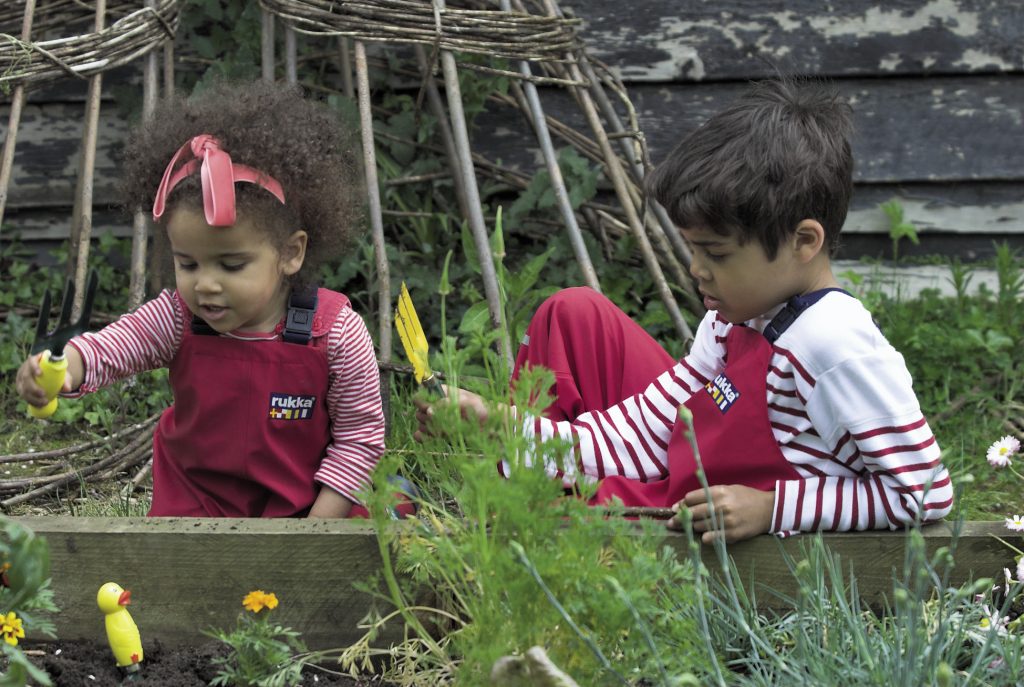
- words: Sue Whigham
You may also like
Go with the Flow
Sue Whigham shares some valuable new-to-gardening advice I’m sure that by now we should be used to the rain but I’m not entirely sure that we are. We had a dry, sunny day the other day and how everybody’s mood...
Farm Fables
Jane Howard gets to the bottom of why so many ponds have disappeared across the High Weald I have a new passion, almost an obsession, it’s about ponds. And there’s a distinct possibility I might become a bit of a...
Hedge Issues
Sue Whigham takes a meander along nature’s verdant and vital corridors Recently the BBC’s Today programme carried a feature about England’s hedgerows which created a lot of interest among listeners. On the strength of that, Martha Kearney interviewed one of...
